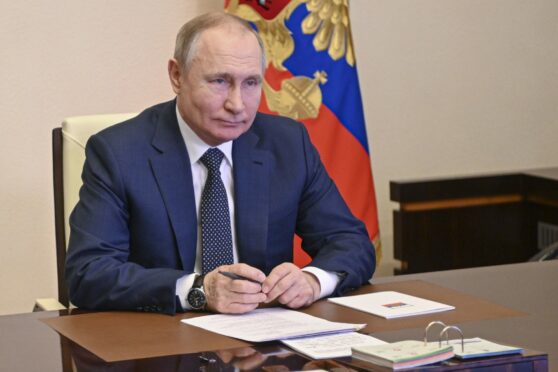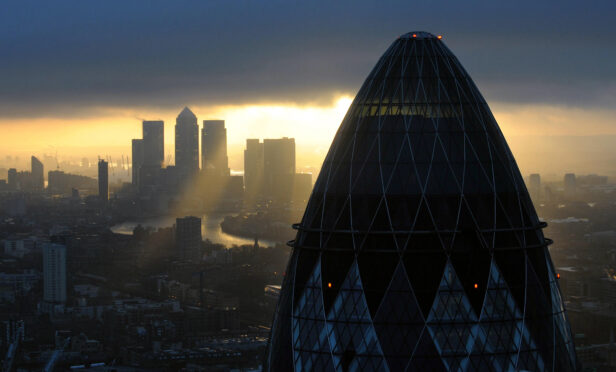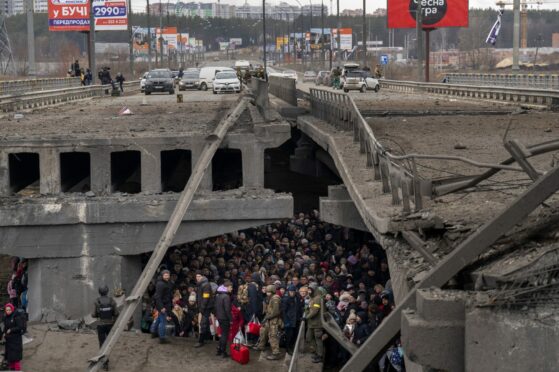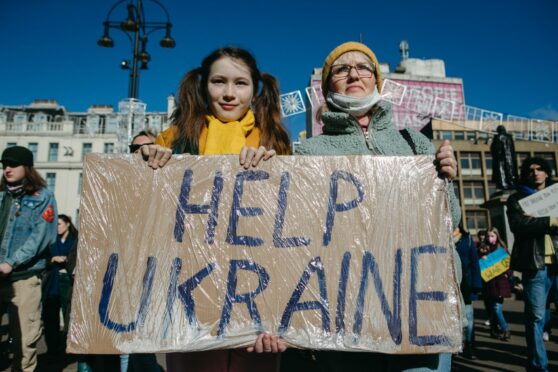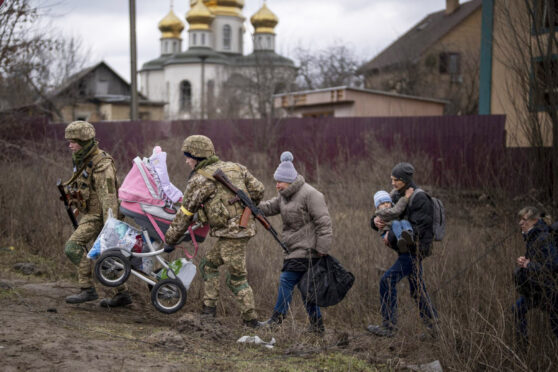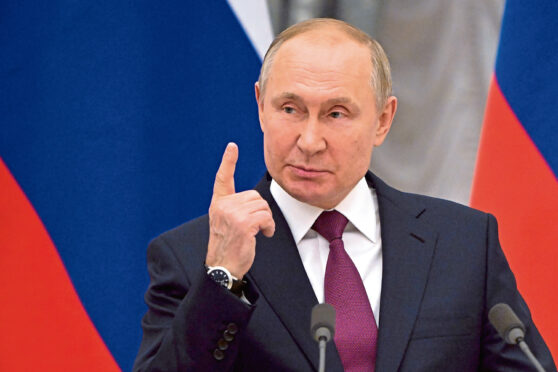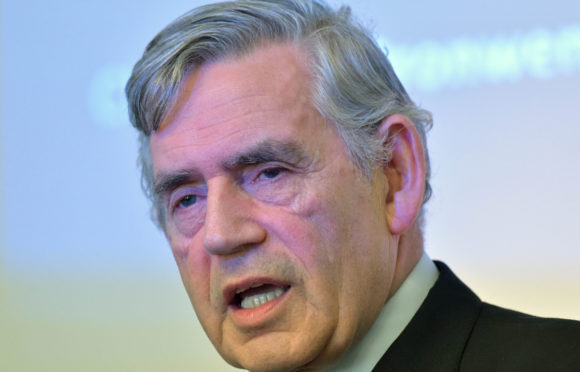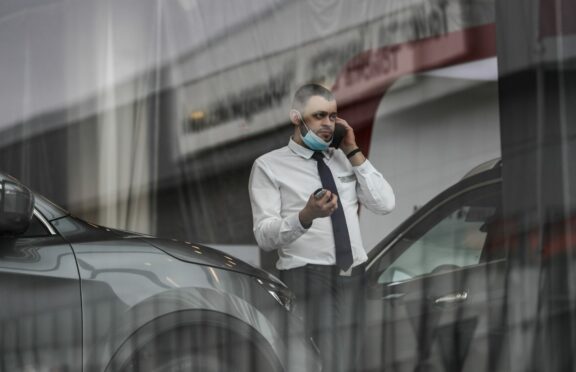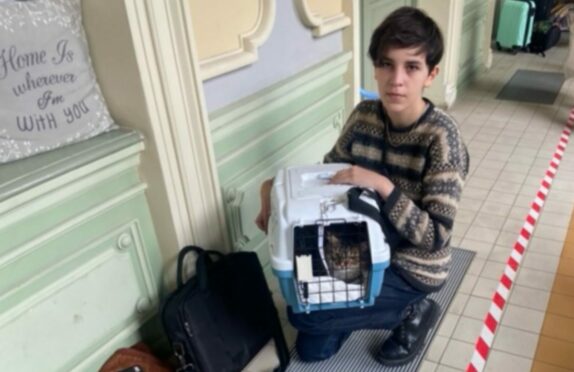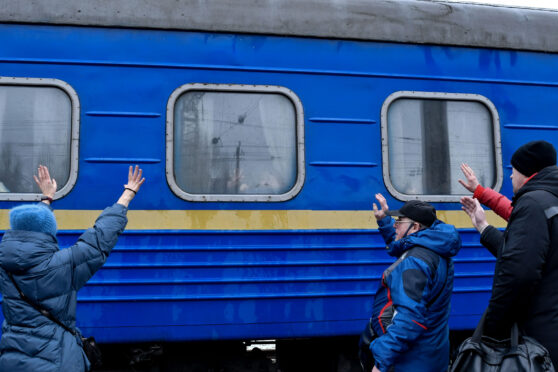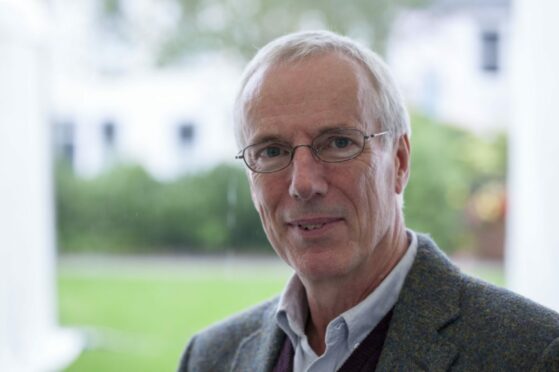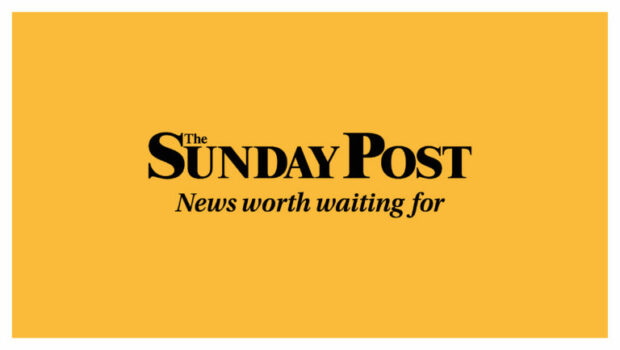
Apparently, it’s the familiarity of it that makes the news from Ukraine so shocking and unsettling.
The streets of Kyiv, Kherson and Kharkiv look like our streets; the people look like most of us; have jobs like most of us; and families like most of us. So the horror unfolding in Ukraine hits us harder than other wars? Well, it really shouldn’t.
Sadly unchallenged, Ukraine’s deputy chief prosecutor David Sakvarelidze last week told the BBC he was emotional because he sees Ukrainians with “blond hair and blue eyes” being killed. Even giving him some latitude because of his country’s desperate circumstances, that kind of stuff cannot stand.
As the Russian troops inch towards Kyiv amid mounting fears they intend to raze the city the way they razed Aleppo, those who survived the blitz of the ancient Syrian city in 2015 have every right to ask why their plight did not prompt the same global outcry, the same concerted international action to avert catastrophe.
Then, Russian pilots deliberately and repeatedly bombed civilians in their homes, schools, hospitals and markets. Sometimes, they would wait until volunteers arrived to pull casualties from the rubble before bombing them again.
Of course, the rest of the world was horrified but not horrified enough and not for long enough. Perhaps if the victims had looked a little more like us? You do not need empathetic superpowers to understand why many Muslims question the West’s sliding scale for putting a value on war-ravaged families and countries.
Over on Radio 4, we had a so-called Thought For The Day, when historian Tim Stanley insisted: “Ukraine has touched the West in a way that Syria or Yemen did not. And one of the reasons is that being a European country, it looks so familiar.
“Those streets, being dug up for trenches, could be our streets. And the young men volunteering or being conscripted could be our sons or fathers.”
Well, yes they could, but if we could have looked past the colour of their skin, hair and eyes and simply seen the families being systematically murdered by Vladimir Putin without mercy or remorse in Syria seven years ago, and in all the other cities destroyed on his whim before and since, then we might have acted sooner to discourage his belief that he could roll his tanks into Ukraine with impunity.
What is happening there is grotesque. That one man and his delusions of empire can deliver the world into such darkness remains difficult to comprehend. It is no consolation to Ukrainians fighting for their lives and their country but Putin has surely sown the seeds of his own eventual downfall and encouraged, in countries that should not have needed a reminder, a new recognition and respect for international law and institutions.
Whenever the terrible darkness engulfing Ukraine breaks, Putin’s savagery is, sadly, unlikely to be remembered as the war to end all wars but, perhaps, we have learned to treat all the conflicts to come, wherever they are, whatever the victims look like, with equal revulsion and unity.
As Ernest Hemingway once had it: “Isn’t it pretty to think so.”

Enjoy the convenience of having The Sunday Post delivered as a digital ePaper straight to your smartphone, tablet or computer.
Subscribe for only £5.49 a month and enjoy all the benefits of the printed paper as a digital replica.
Subscribe